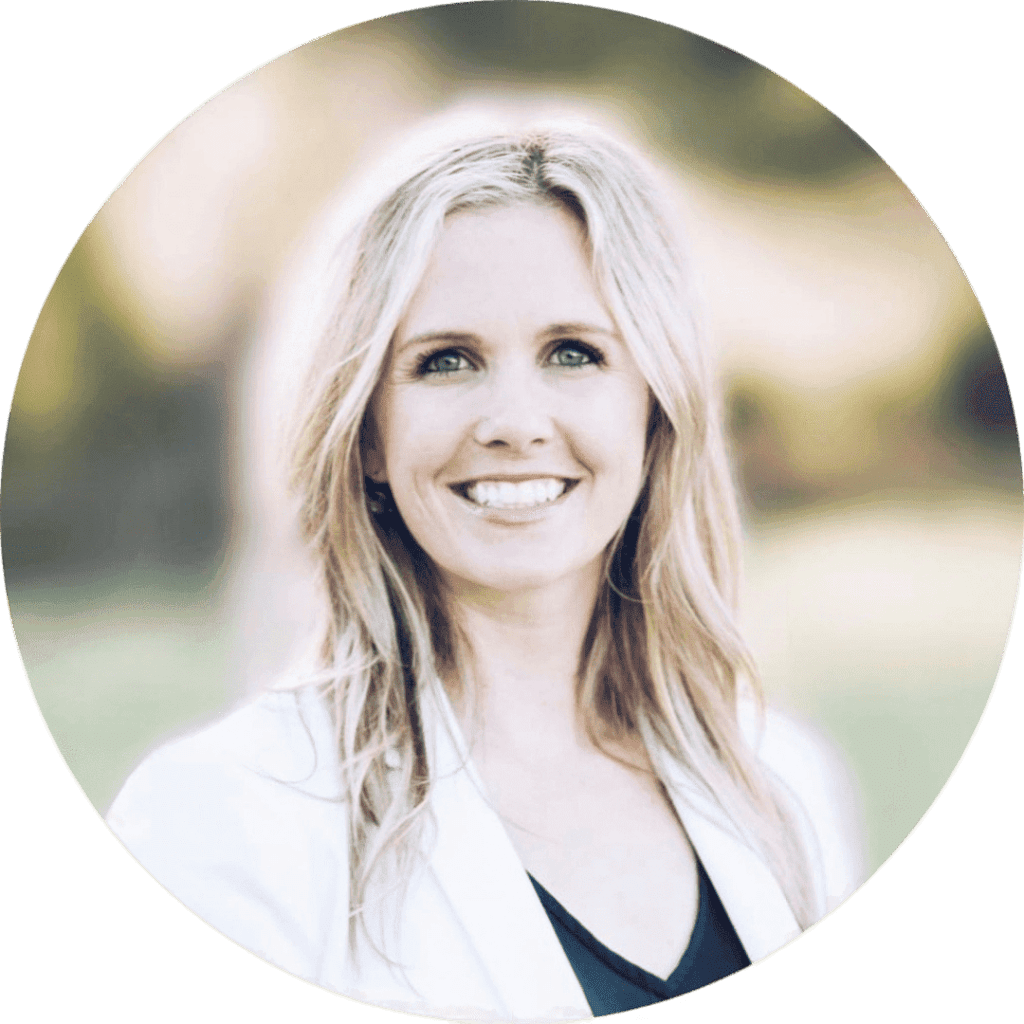

After almost a decade of experience in assessment, much of it with the State of Oklahoma where she served as Deputy Superintendent of Assessment & Accountability, Maria Cammack joined New Meridian as Vice President of Assessment Design and Development in 2022. We caught up with Maria to discuss the next generation of assessment. The interview has been edited for length and style.
After so much work in state government, what led you to take a position with New Meridian?
I’m pretty passionate about balanced assessment systems. The description of the job was really intriguing for a lot of reasons. What struck me was some of the innovation in balanced assessment systems. People have talked about balancing assessment systems for years. New Meridian is doing it.
Why do you have such a deep interest in assessment?
I think it’s because it’s the harmony of art and science… My dissertation focuses on school quality and accountability, but there’s a balance with practicality, with real teachers and students in the classroom. I have four kids of my own, so I care a lot about public school and access to education. But I also care about the technical capability needed to ensure that the systems and measurements we create support the validity claims we make.
What is the biggest challenge for assessment in the post-pandemic world?
To be useful at the classroom level has never been something we’ve been able to achieve with large-scale assessment. It’s supposed to do it all, but it never has. In my opinion, it is most often misused by districts and school leaders. The drill-and-kill test prep, and the retention and promotion based on that, has not been good for kids. So I’m really excited to see that New Meridian has invested a lot of resources and energy to try to figure out how to strike a balance.
Tell us more about why balanced assessment is important.
I don’t believe that one instrument, one tool, or one assessment can do at all. Using one large-scale assessment or only formative classroom assessments isn’t going to achieve all that we are trying to do at the system level. It takes different types of information to give a complete picture of what students know, what they are able to do and how teachers and schools can support them. It takes information at the system level to really understand programmatic decision making. That means looking at summative testing, making sure student groups are protected, that all students have access to high quality education and content, and the opportunity to demonstrate what they know. But at the classroom level, we need assessments that are tied to curriculum and instruction and offer real-time feedback.
Yet you have said that the answer is not simply more testing.
If you want to fatten a cow, you don’t just keep weighing it more. At some point you actually have to feed it and think about the food that you’re feeding it, the composition of the grain and everything else. To improve student learning, you don’t just test the kids more. The answer is not more assessments. Often, it is about finding good, high-quality assessments that are aligned with your curriculum, instruction and state standards and give you meaningful information to be able to take the next steps at whatever level of the system you are addressing.
Do you think assessment will change substantially in the next five years?
That’s the exciting thing. This is the next generation. The U.S. Department of Education has approved CGSA grants for classroom or through-course assessment, which tells us that there’s an appetite to figure out what more flexible assessment might look like. We know stakeholders at every level are saying they want better assessments, they want more information. Typically, large-scale summative assessments do an equity check to make sure that student groups are taken care of, but we’re seeing teachers say ‘we need more high quality aligned assessments in real time’ and there are not a lot of quality resources out there for schools or districts or states to adopt. Our job as the assessment industry is working with state leaders and the U.S. Department of Education to design those high-quality resources and tools.


